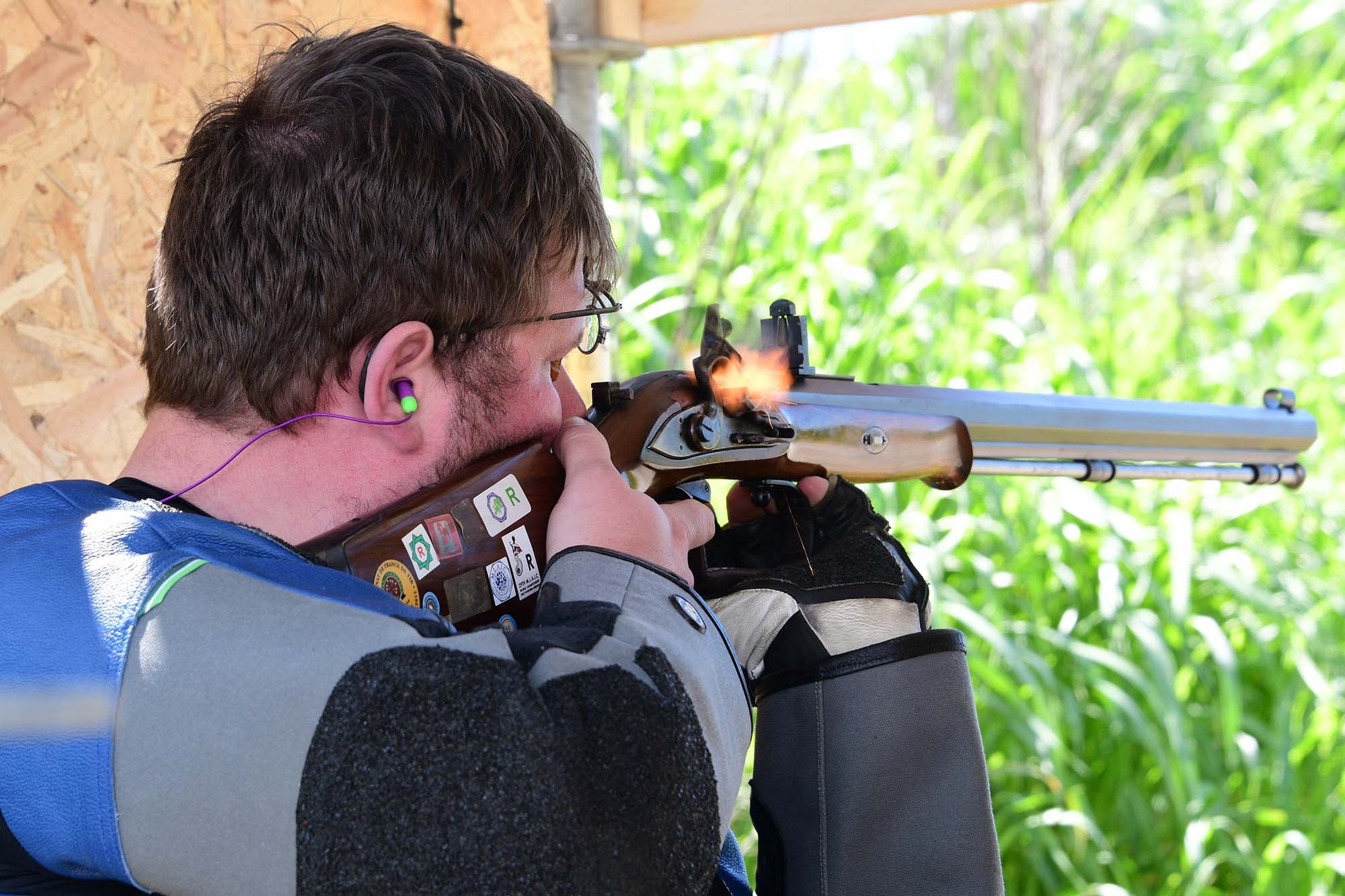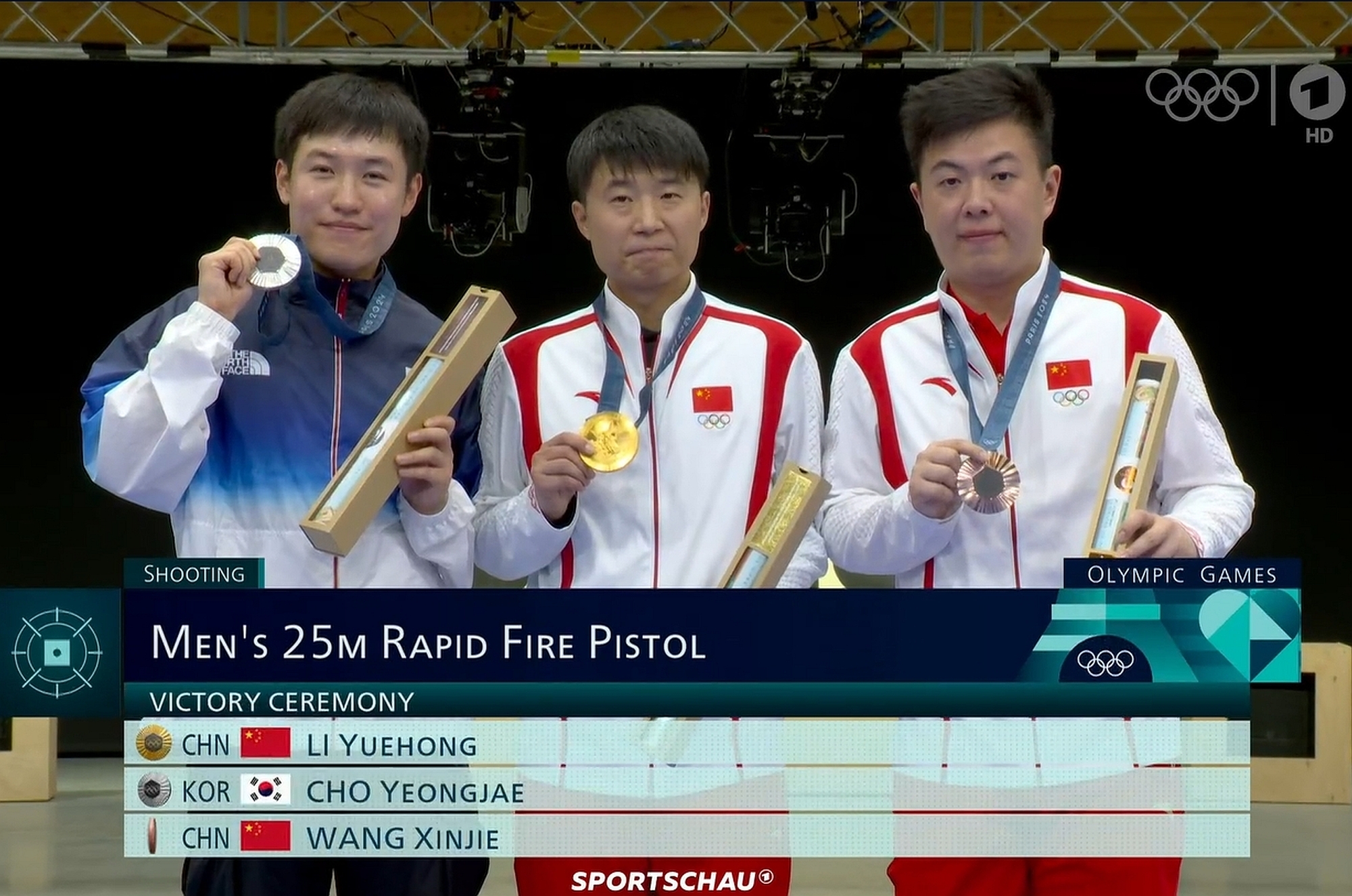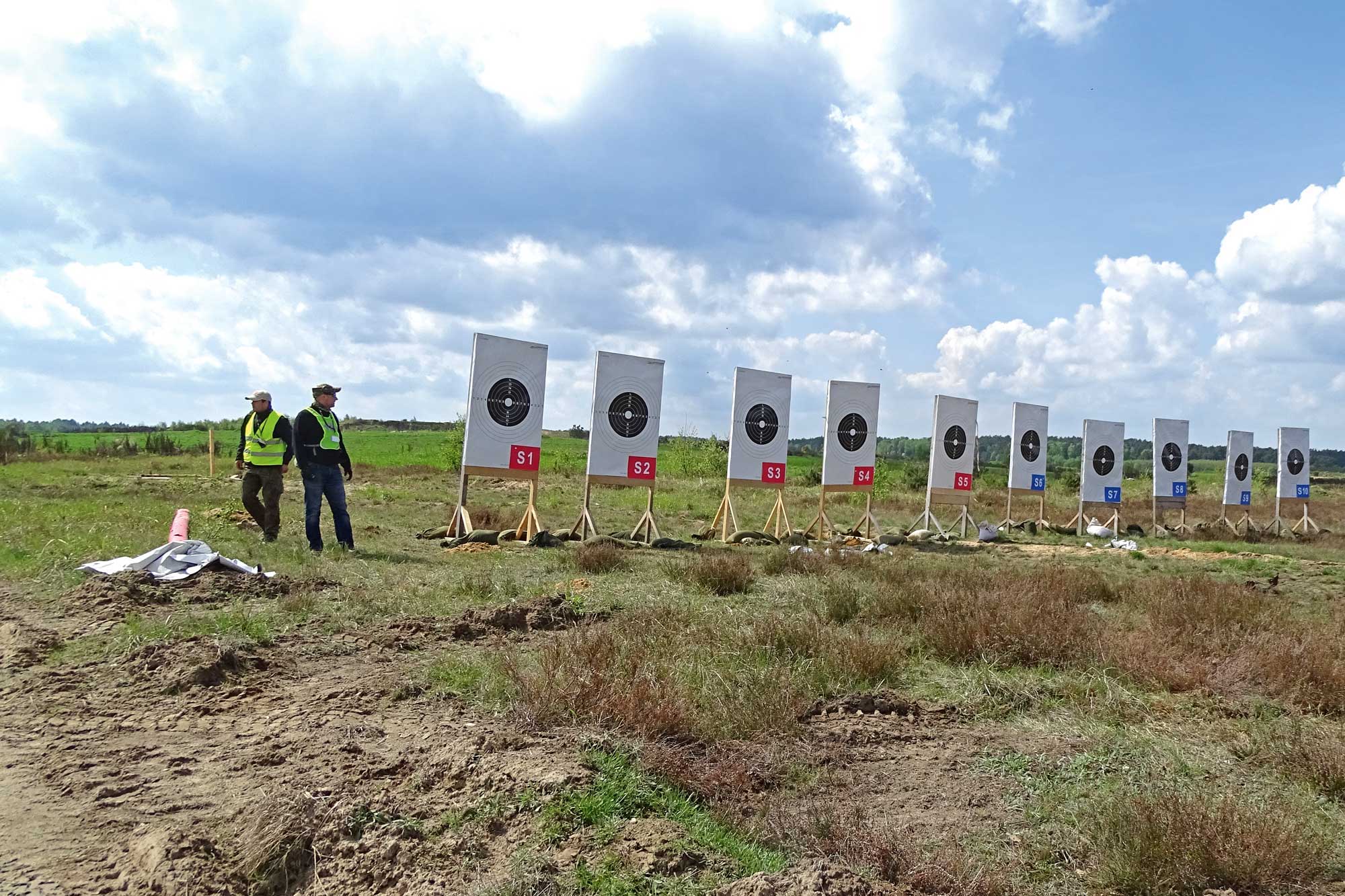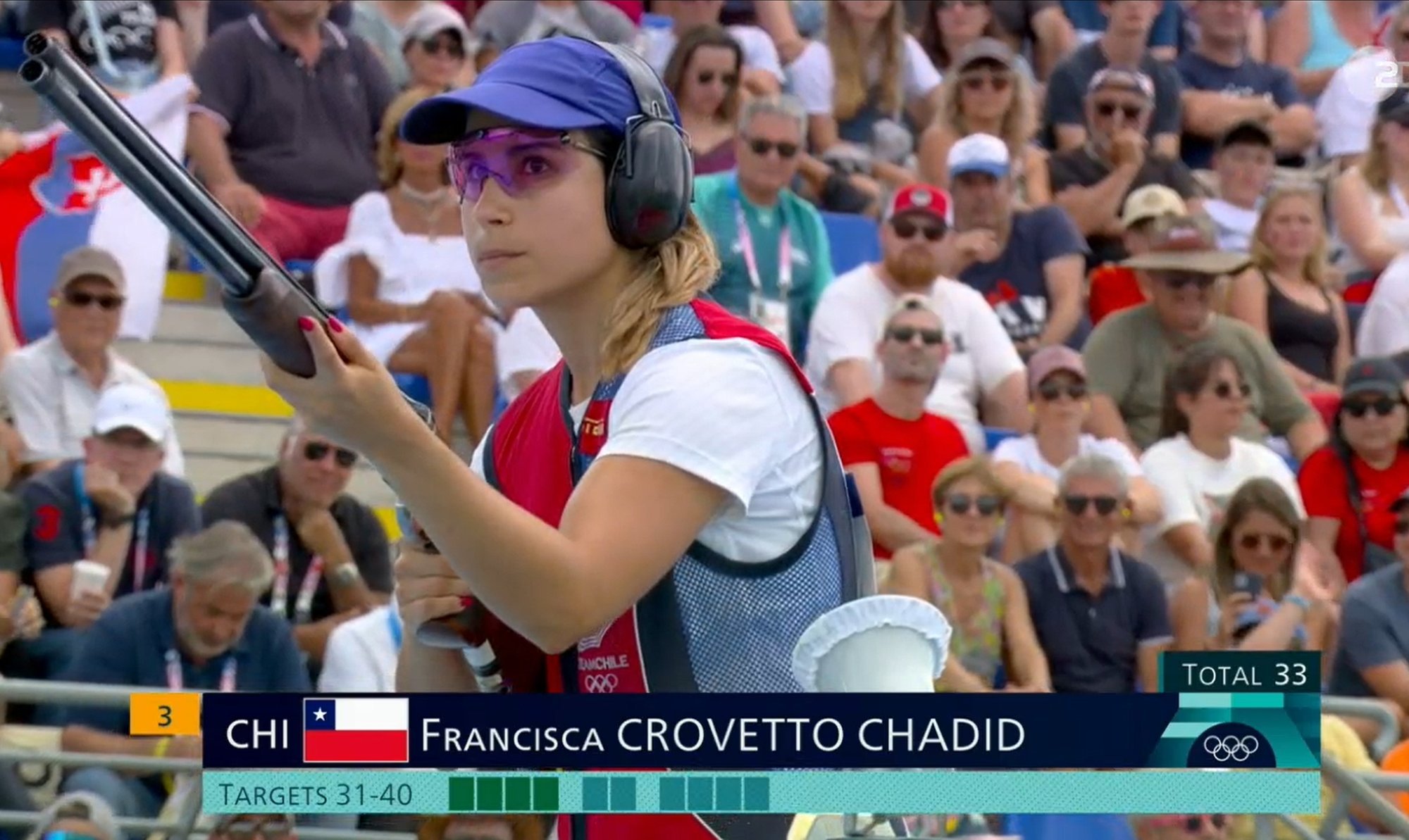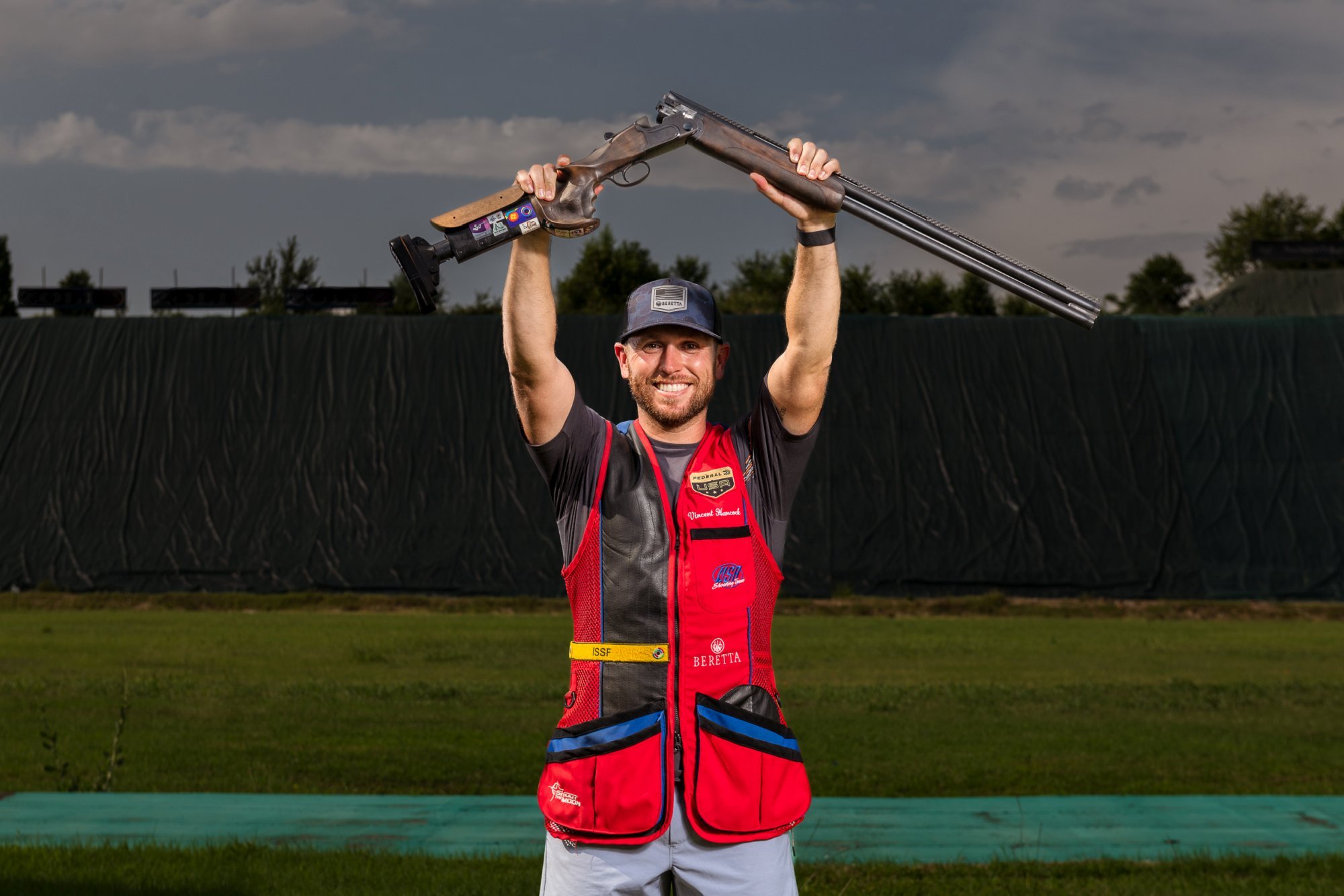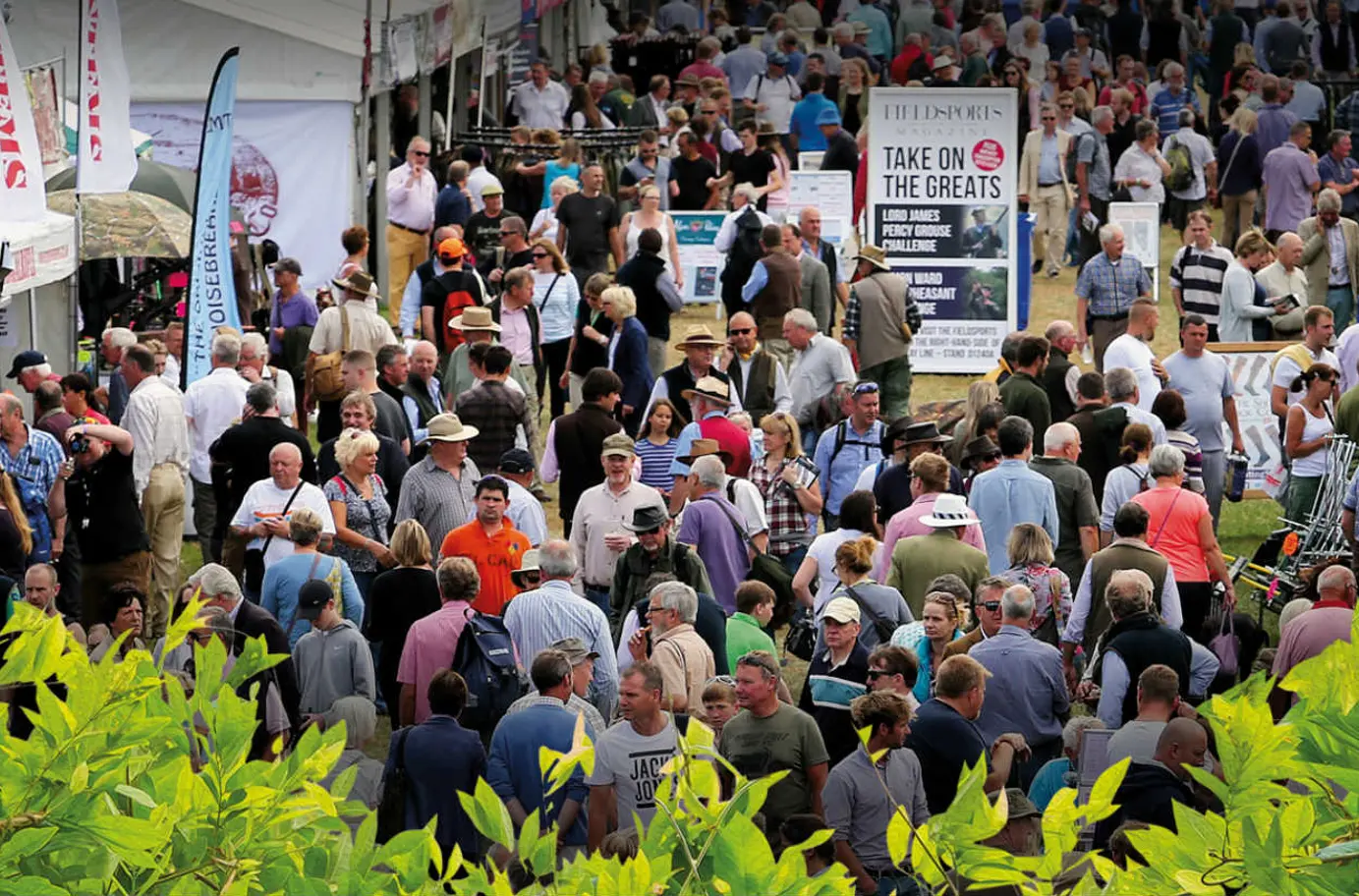There are actually no environmental influences that make the practice of hunting completely pointless. You won't catch wild boar from the sofa, you have to go out, no matter when! Nevertheless, I would agree that in a normal cloudless full moon night, different approaches are needed than in a new moon phase. But let's proceed with order.
Wild boar know that full moon is dangerous for them
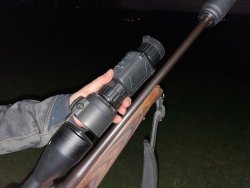
Over the years, our wild boar have internalized that it is precisely the time of the full moon that is dangerous for them. This is because in the decades when there was no digital scope technology, hunters had to rely on the performance of their 56 mm riflescopes. Since such a scope needs at least some residual light to visualize game, the hunter often used the full moon to hunt sows in the past. Because at that time, without any aiming technique in times of new moon, a hunt or a safe approach and kill was often almost impossible despite short distances of 20 to 30 meters.
Furthermore, the sows have probably internalized that a certain period during the full moon can be particularly dangerous. Most hunters among us have a main job and practice hunting only as their private passion. But since it is not possible to sit up until the start of the main job (at least not every time), many hunters, especially during the week, certainly start their journey home at midnight at the latest and leave. In my observation, sows have therefore developed a certain sense that you should not step on the meadows too early during the full moon. The hunter will tend to see fewer sows in the otherwise attractive meadows at early times during full moon phases. However, there are always exceptions. If you only have time to hunt until 11 p.m. during a full moon phase, then the chance of seeing sows tends to be lower, but it is not so low that it is not worthwhile at all.
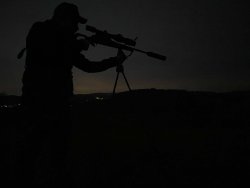
Wild boar are living creatures that do not always function according to a pattern and that react to various environmental influences. Even if a pack is not planning to move to a brightly lit meadow, factors such as breeding season, nocturnal mountain bikers, walkers or dog owners out for a walk can always lead to a flight-like departure from the hunting ground. In my experience, the later or longer the hunter hunts during the full moon phases, the more promising the chance of hunting success. For example, if you go into the field to stalk/hunt around two o'clock at night, the chances can be very good. At these times, it has often happened that I have been able to spot and kill sows in the middle of cloudless full moonlight in a meadow. A key experience for me was a few years ago when two fellow hunters were stalking in the field and could not get sight of any sows. I got in touch and asked them to let me know when they were on their way home. At around 01:30 came the message via WhatsApp "We are driving home, we didn't see anything. Good luck to you!". I grabbed my gear and less than 30 minutes later I was pulling a shot sow to the car with my recovery sling.
If the moon is high, then you can usually observe how the sows move in the shade of the trees on the meadow at the edge of the forest and only rarely step on the meadow brightly illuminated by the full moonlight. I could already increasingly observe that just young and inexperienced sows are less aware of the potential danger, and now and then still step into the moonlight. Therefore, the hunter should always get ready and hope for his chances. These arise again and again. Experienced bucks and boars, however, will tend not to make such a mistake. Because they are experienced and know exactly what can happen.
If, on the other hand, the full moon is not yet very high (e.g. in the early, but already dark evening), then these periods can also be very promising. Because exactly then the sows have a comparatively dark time window for this time to look for food also in the middle of the meadows. However, I have often observed that wild boar tend to be a bit more nervous and brisk during full moon periods. Especially experienced animals know that the brightness can be dangerous!
What should you keep in mind when stalking or hunting from the high seat under a full moon?
If you are thinking about going hunting from a high seat or stalking during the full moon phase, you should always think in advance about the direction from which the moon will rise that evening and where it will cast its shadow. You can easily find out from which direction the moon rises on the Internet. If, for example, the moon rises from the east, then you can check with the help of Google Earth on which places in the area (e.g. meadows) a shadow is cast by the moon. If these are meadows near large contiguous forest areas, dugouts, known areas of passage, water or food (e.g. grain fields), then these are exactly the places that should be focused by the hunter.
The same phenomenon can be observed in places with artificial light sources. We have the soccer stadium of the local soccer club near the forest. Especially when it gets dark earlier in autumn and winter, for the purpose of training the field is illuminated with the help of floodlights. These are so bright that all meadows in a distance of 500 m are illuminated analogously to the full moon. When the sows move around at this bright time, they do so exclusively in the shade of the trees. This knowledge can be used by the hunter.
The situation is somewhat different when there is absolutely dense cloud cover during the bright full moon phase. In my experience, these are also very good times for hunting wild boar. This is because, as previously described, sows tend to be on the alert and more cautious at the time of the full moon. If then during this phase there is a night with completely closed and dense cloud cover (ideally with rain that softens the ground = easier to break), then this gives the sows a kind of feeling of security and the herd is also more likely to be outside the forest at some point. Exactly these nights are a good chance for the sows to break the meadows in search of protein-rich food under the dark protection of the cloud cover in a rather light time.
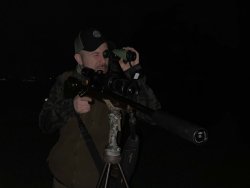
So you should always keep an eye on the lunar calendar because of the issues described above. I can't say it often enough, but sows know that bright = dangerous. As a consequence, they also feel that they should move more often to the meadows a few days before the full moon, because soon a brightness-related "meadow break" must be taken. The same is valid of course analogously also for some days after the full moon phase. You can imagine the situation like a bodybuilder who takes a cheat day once a month and is happy that he is allowed to eat all what he wants. A few days after the full moon phase is the sows' cheat day, because they have had to restrict themselves for some time on this type of food source. These are exactly the times when you should hunt heavily.
In this sense I wish you good hunting and many full moon sows!



